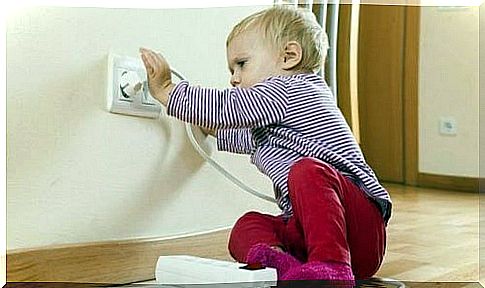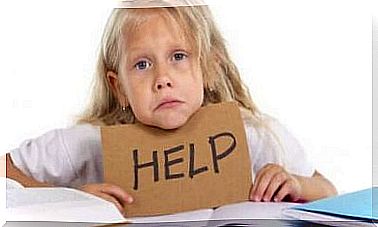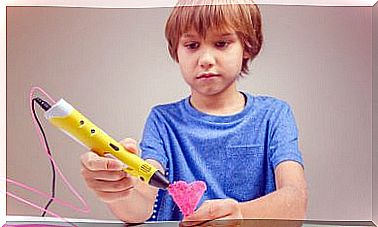How Do I Teach My Child What Danger Is?

When a child begins to move, whether by using a walker, crawling or taking the first steps, the enemy of every mother begins to appear: Danger. With it come worries, frights and misfortunes.
It is not very difficult to see fathers and mothers chasing their children, exerting a continuous chase in order to save these mini kamikazes from any kind of accidents or falls, due to the slowness of the initial movements. Against any maternal concern, the little ones cannot perceive the danger.
It’s completely understandable considering that their curiosity and eagerness to discover the world are stronger than their fears and lack of motor strength. For them it is more worth taking the risk to get to know and play.
For this reason, it ends up being essential not only to protect the child from possible accidents and guide him through dangerous situations, but also to teach him what danger is. However, how to make the little one understand this notion. Find out in this article.

Why doesn’t my child understand what the danger is?
According to the view of psychologists, the first structures developed in the brain are emotional, affective, sensory, motor, etc… And even if the internalization of rules, the concept of danger, abstraction and behavior begin to develop when children are young the whole process only ends at 18 years of age.
Here it is noteworthy that between 10 and 12 years of age, through abstract thinking, the child already has the ability to predict risk. But this will always depend on the environment, the education received and, occasionally, the information given to the child about the dangers of daily life.
Teaching danger is not sowing fear
It is sometimes impossible to avoid danger in children who have inexhaustible energy. There are children who have motivations fueled by voracious curiosity and mastery of psychomotor activities. So they seem surprisingly seduced by risk and the difficult.
Therefore, the ideal would be to be attentive to anticipate what could happen, in order to avoid unnecessary accidents or scares. This means taking care of your child all day and keeping him from being alone. When danger appears, take the opportunity to explain to your child where you are and what might happen.
It’s not about terrifying the little one. But it’s not bad to teach some basic safety rules so that he himself understands the consequences in these cases and learns to stay out of harm’s way. Be patient because even if your child does not speak, he understands and, with some insistence, it will bear good fruit.
On the other hand, other mothers choose to adapt the home with child-proof safety measures. Security locks on windows, fence for stairs and terraces, protectors for sockets and corners are some methods.
What if you kept your hygiene and cleaning products in a locked place? Likewise, to avoid danger you can take the obstacles out of the baby’s way inside the house. Even though these measurements do not guarantee 100% the possibility of hits or a body without bruises.
Very attention! In your eagerness to care for your child, you should not become an overprotective mother. For children must learn for themselves and not be limited by excessive maternal care. Of course, all these tips are not intended to make the child more daring or fearful. But be careful.

With growth comes the notion of danger
When the child reaches 5 or 6 years of age, he acquires a greater knowledge of the world and the risks that surround him. This understanding of danger begins to develop from unfortunate experiences such as a fall and its association with pain. Or when children feel lost and experience feelings of anxiety.
That is why experts believe that the child does not understand that something is dangerous until they reach older ages. They even claim that they avoid dangerous activities not because they know what the danger is, but because they don’t want to experience the pain again.
The frontal lobes and impulse inhibition capacity develop between the ages of 10 and 12 years. They give rise to knowledge of more abstract concepts. And with them, the idea of danger through practical intelligence.
Experts agree that the best way to make children assimilate these concepts and notions is to use clear and brief explanations. Not through long, tedious, exaggerated dialogues. Thus, you should bet on games and symbols.
Thus, in order to be able to show possible consequences, without alarming the children, another strategy is to use examples in songs, stories and television programs. These activities always have a moral of the story based on reality, with which the child can internalize these foreign but familiar feelings.
How do I teach my child what danger is?
According to mental health professionals, babies need to know the world for themselves, while parents should limit themselves to acting as support, minimizing risks and avoiding accidents. For this, we present this guidance list:
- Teach your child to stay calm.
- Nurture self-confidence so that your little one explores the environment with their own means.
- Explain to him the meaning of danger.
- Show the consequences of the behaviors.
- Explain with clear examples how to avoid the dangers.
- Use jokes and fables to show what can be dangerous.









